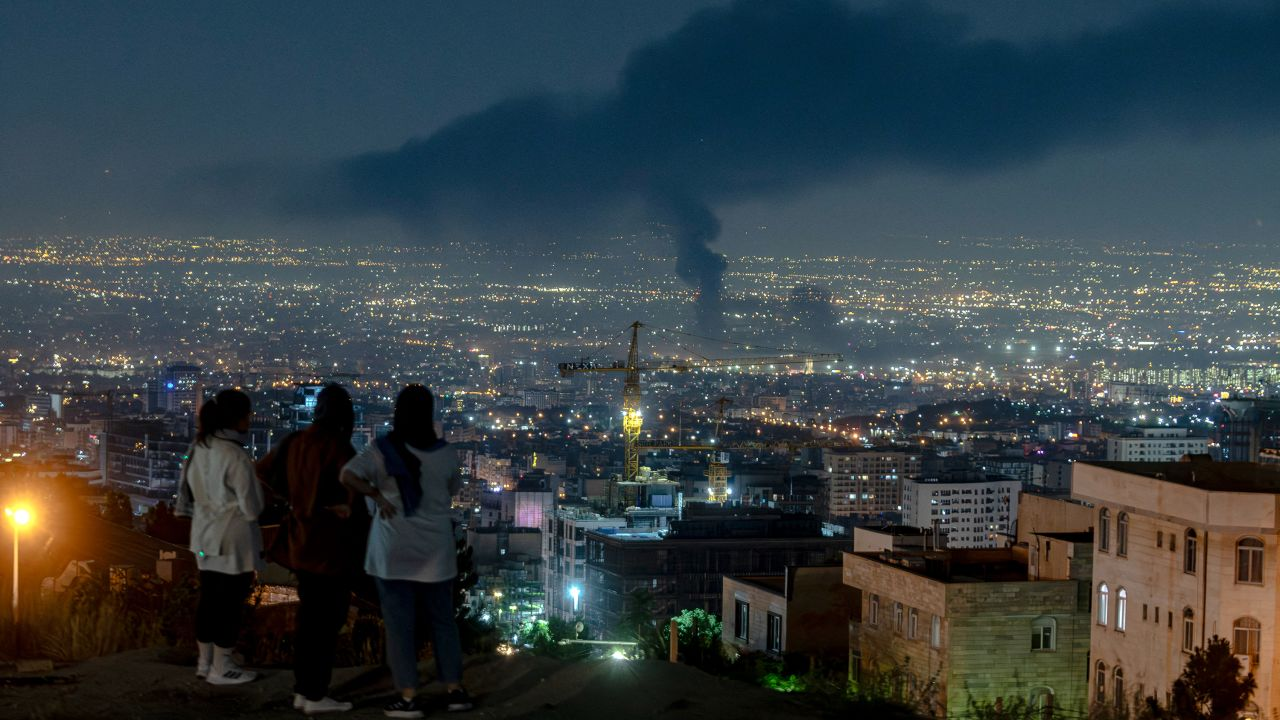
These recent Israeli and American strikes against Iran’s nuclear infrastructure have pushed the region into a new era of uncertainty. Focusing on facilities such as Fordow, Natanz, and Isfahan, these strikes were intended to retard Iran’s capacity to produce weapons-grade uranium and send a clear message regarding nuclear ambition constraints. However, the situation on the ground is much more complex than the news headlines.

Striking Iran’s nuclear facilities is no easy matter. Fordow, for instance, is nestled deep into mountainous geography—estimates put it at approximately 80 meters, or almost 300 feet, under hard-rock and concrete armor. Natanz and Isfahan have extensive underground bunkers meant to endure air raids. Traditional bombs can’t penetrate to such depths, and even the most sophisticated bunker-penetrating ordnance is limited.

The most appropriate weapon for such operations is the U.S. Massive Ordnance Penetrator, the GBU-57 A/B. Weighing 30,000 pounds, it’s intended to drill through hundreds of feet of concrete and dirt before exploding. Yet, according to experts such as Joe Cirincione, the bomb has not been tested in battle against targets as well-protected as Fordow.

Even multiple attacks can destroy parts of a facility without ensuring its overall destruction. Pentagon analyses indicate that only a tactical nuclear weapon would be able to completely disable such a location, something U.S. leaders have discounted.

Initial estimates of the success of the strikes have been contentious. While U.S. officials described the operations as a “spectacular military success,” intelligence reports suggest that central components of Iran’s nuclear program—stores of enriched uranium and most centrifuges—were largely left unscathed. Enriched uranium was said to have been transferred before the attacks, and damage mostly hit above-ground facilities in preference to the most vulnerable underground sites.

Israeli authorities, on their part, estimate that the strikes pushed Iran’s program up to two years behind schedule, assuming no immediate rebuilding. Arms analysts, however, warn that critical facilities were left undamaged and would make it possible for Iran to quickly revive itself if it sinks its resources and capabilities into rebuilding.

Previous attacks and sabotage attempts only spurred Tehran to further entrench and boost its nuclear activities, leaving the program robust and flexible. The International Atomic Energy Agency (IAEA) has established that Fordow is still enriching highly enriched uranium, which has raised concerns regarding possible quick weaponization under perceived danger.

The strikes also have more general implications for international law and nonproliferation. As Erin D. Dumbacher of the Council on Foreign Relations writes, such raids may have a chilling effect, with countries perceiving openness to inspectors as a weakness and not an asset. Iran has already begun to limit IAEA access, smashing seals and moving enriched uranium, which complicates verification.

European leaders have reacted cautiously. French President Emmanuel Macron recognized that there is no definitive legal basis for the strikes but presented them as unavoidable to counter nuclear sites. Critics suggest, however, that a striking non-nuclear-weapon state signatory to the NPT disrespects global norms. Destabilizing verification mechanisms and the possibility of Iran’s withdrawal from the NPT might damage international nonproliferation efforts.

Diplomatically, things are unclear. Negotiations between the U.S. and Iran are still going on in theory, but maximalist positions, such as complete suspension of enrichment, seem unlikely to work. European governments are being squeezed into opening a combination of military containment and new diplomatic efforts, perhaps involving regional security measures based on the model of mechanisms such as the Brazilian–Argentine Agency for Accounting and Control of Nuclear Materials.

Eventually, these attacks indicate the limitations of military measures as a means of addressing proliferation. Technical limitations, the durability of Iran’s nuclear program, and threats to global norms all indicate the necessity of renewed diplomacy. While tensions continue to simmer, the world awaits to see if escalation is averted or if the menace of a nuclear Iran continues to destabilize the region.
